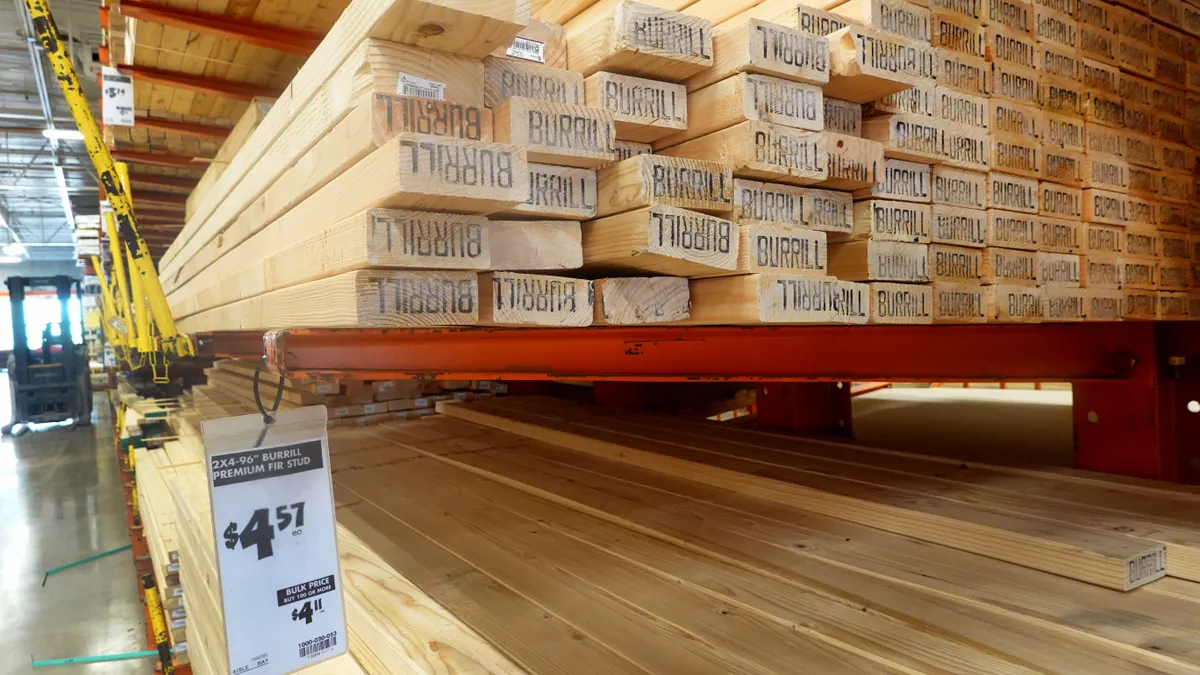Dive Brief:
- The Trump administration is pushing for a $1.3 billion expansion of the 602-foot Shasta Dam in Northern California even though state officials are dead set against it, according to the Los Angeles Times.
- Plans include a vertical expansion the equivalent of two stories, although California state law prohibits an increase to the dam's current height. The dam is on federal land, but similar projects in the past have deferred to state law in the permitting and construction processes. Proponents of the plan say that the taller dam could better store water in case of future droughts, but maintain that politics are at play because a key member of the Trump administration has ties to the local water district, which would benefit from the project. Local groups also claim that the project would negatively affect sensitive California waterways.
- Despite protests, the White House plans to spend $20 million on preconstruction activities in 2019. In addition, a rider to the federal $1.3 trillion spending bill that is currently making its way through Congress, would relieve the local water district from any financing responsibility and leave the federal government on the hook for the entire cost.
Dive Insight:
Although Congressional leaders have dropped pet riders in an effort to speed up passage of the spending bill, it is still how the dam rider, introduced by California Republican and House Majority Leader Kevin McCarthy, will fare, according to Politico.
While a lengthy debate likely lies ahead around the Shasta Dam expansion, there is a more serious issue that both sides need to address, and that is the structural integrity of the state's other dams.
After an Oroville Dam spillway failure in January of 2017 forced the evacuation of 188,000 Sacramento-area residents, the California Department of Water Resources (DWR) assessed the condition of the state's other dams and found that there were concerning issue seven additional dams under state control.
In a memo to the California Division of Safety of Dams (DSD), a copy of which was sent to the Federal Energy Regulatory Commission, the DWR noted the age, design and other similarities between the seven dams in question and the one in Oroville. The agency called into question the ability of the dams to "safely pass a flood event." A failure at any of the dams could cause a loss of life.
But California is not alone. An American Society of Civil Engineers (ASCE) report said that more than 90,000 U.S. dams are 56 years old on average and that seven in 10 dams will be more than 50 years old by 2025. The Association of State Dam Safety Officials has determined that more than $64 billion is needed to fix all federal and non-federal dams, and the U.S. Army Corps of Engineers has stated that upgrading its dams would cost more than $25 billion.













